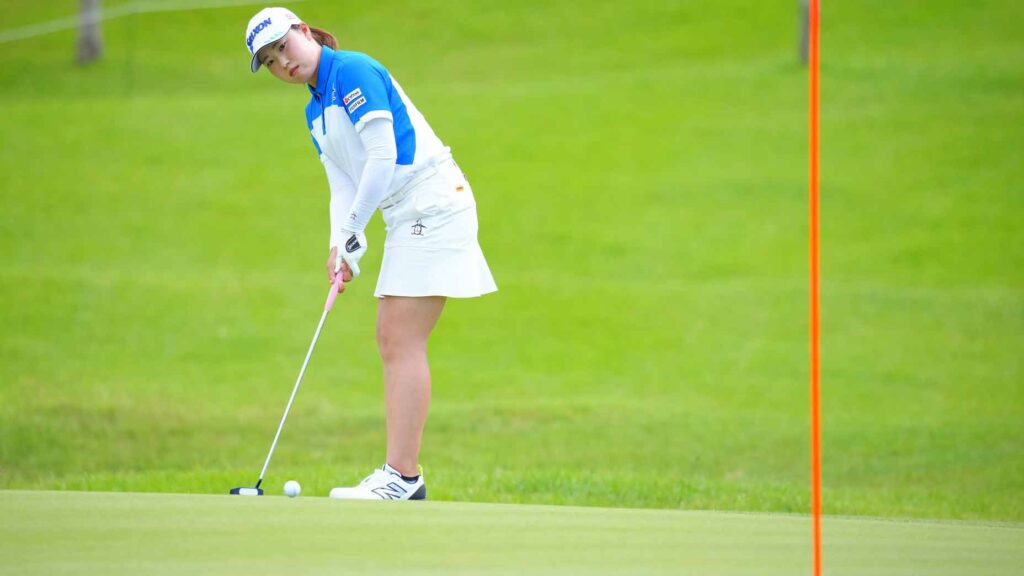Improving your lag putting is crucial to lowering your scores on the golf course. By focusing on technique, grip, and eliminating the yips, you can start to see improvements in your game. Paying attention to the face angle of your putter is also important, as it will determine the aim of your putt. Using training aids like the Perfect Roll Putting Mirror can help you develop a consistent stroke and improve your putting game.
Maintaining a steady rhythm and controlling the length of your backstroke are key components of improving your lag putting. By practicing drills like setting up balls at varying distances from the hole on the practice green, you can work on developing the right stroke length for each distance. Uphill and downhill drills can help you adjust your stroke size for different slope conditions on the course. It’s also important to work on adapting to different green speeds, as this will vary from course to course.
A solid grip is essential for effective lag putting, as it helps deliver a square clubface to the ball. Experiment with different putting grips to find one that is consistent and comfortable for you. If you struggle with the yips, work on identifying which hand is causing the issue and adjust your technique accordingly. Keeping your head still and maintaining proper weight distribution during your stroke can help improve your distance control on lag putts.
To truly master lag putting, focus on eliminating any extra movement during your stroke and keeping your head still. Practice keeping a smooth rhythm and focus on the length of your backstroke to control the distance your ball rolls. By working on these key components and practicing drills regularly, you can become a better lag putter and see improvements in your overall golf game. Remember to adjust your stroke size for uphill and downhill putts, and to calibrate your speed based on the green conditions of each course you play. Start implementing these tips and drills into your practice routine to see improvements in your lag putting skills.


